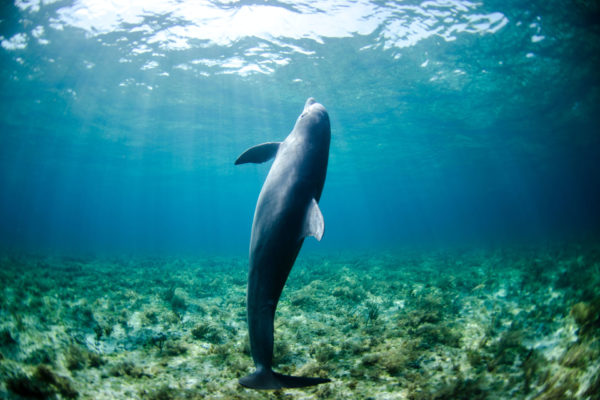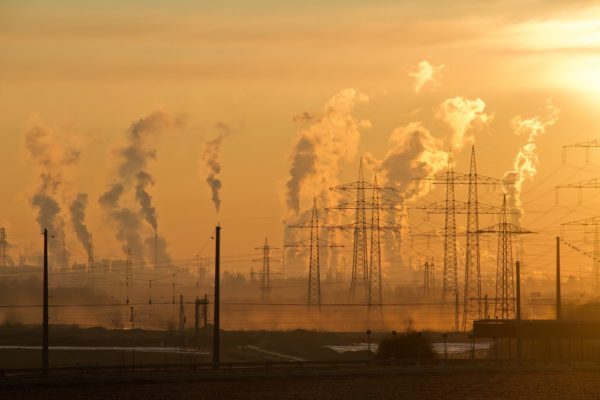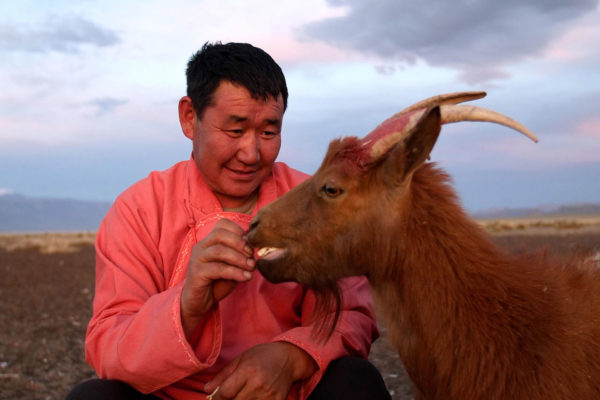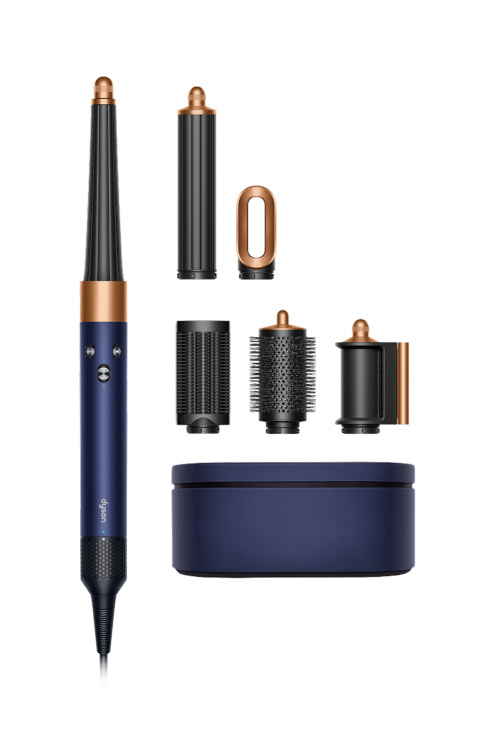Good Green News: Seaweed Could Turn The Tide On Climate Change – Seafields
By
3 years ago
Seafields, a UK based climate startup, presents a potential solution
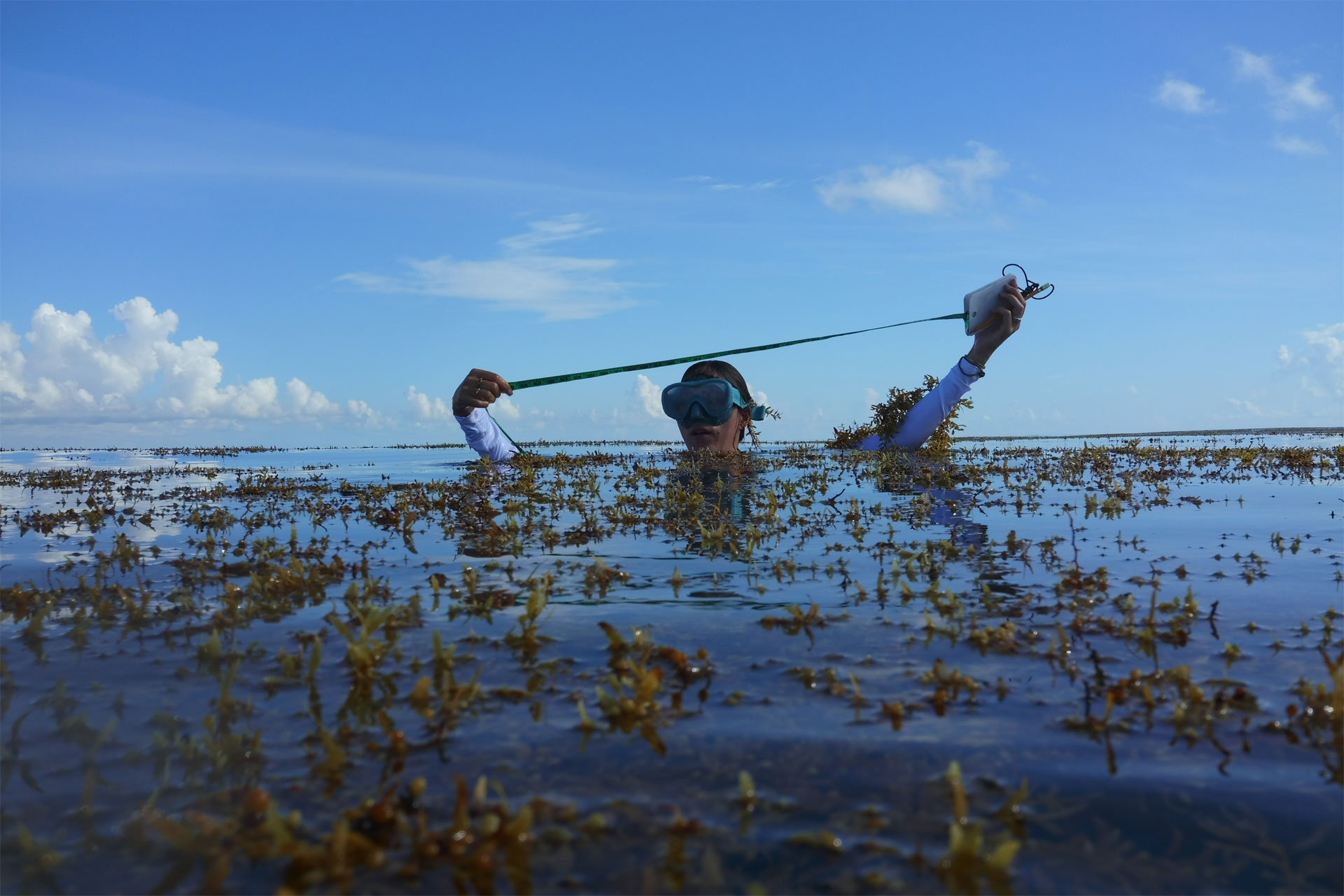
An innovative use of sargassum, a free-floating type of seaweed, might represent a means of turning the tide on climate change. A climatetech company from the UK holds the key. Tessa Dunthorne speaks to John Auckland, director and co-founder of Seafields. We ask: is this a climate breakthrough?
John Auckland is no stranger to mounting a business to meet a challenge – he began his career in the impact investment space, aiding environmental innovators in finding seed funding. But climate change is no ordinary challenge, nor was he typically on the entrepreneurial side of a pitch deck. How did this investor end up founding a company which proposes a scalable means of tackling the urgent environmental crisis?
‘I’ve been exposed to thousands of pitch decks of people making incremental gains towards solving environmental issues, which left me quite hopeless for the planet,’ says John, ‘because obviously these are lots of small projects, which can add up to big gains, but it felt like nothing was really moving the needle.’
But it was in this line of work that he was met with a breakthrough opportunity. While researching sustainable aviation and biofuels with eventual co-founder Sebastian Stephens, a podcast by Victor Smetacek (PhD) caught their attention: Victor presented a revolutionary agricultural concept which could move that impassable needle.
The revolutionary concept in question? Seaweed farms.
Often considered a nuisance due to its tendency to quickly bloom, there is a brown seaweed called sargassum which is unusual due to the fact that it free floats across the seas, pulling up nutrients wherever it goes. And this unusual trait sets it apart as a brilliant candidate for mid-ocean aqua farming.
‘[The fact that it free floats] is important because there’s so much space in the middle of the ocean, but nearshore is as overused in terms of human activity as land is, as sort of terrestrial agriculture,’ explains John.
Sargassum also offers another particularly beneficial trait which positions it not just as a candidate for sustainable jet fuel, but a climate hero. Sargassum is very effective at absorbing and storing carbon dioxide. The scientist on the podcast, Victor, proposed that this brown seaweed could be turned into blocks called ‘carbon batteries’ and sunk to the bottom of the ocean. John quickly recruited Victor as the Chief Scientific Advisor for their new project: Seafields.
‘It was a lightbulb moment for me. I wrote to Sebastian and said, so we’re not doing an airline – we’re going to be seaweed farmers. And that was it.’
That was only February of 2021. And since then, they’ve achieved quite a lot.
Seafields: farming Sargassum to tackle climate change
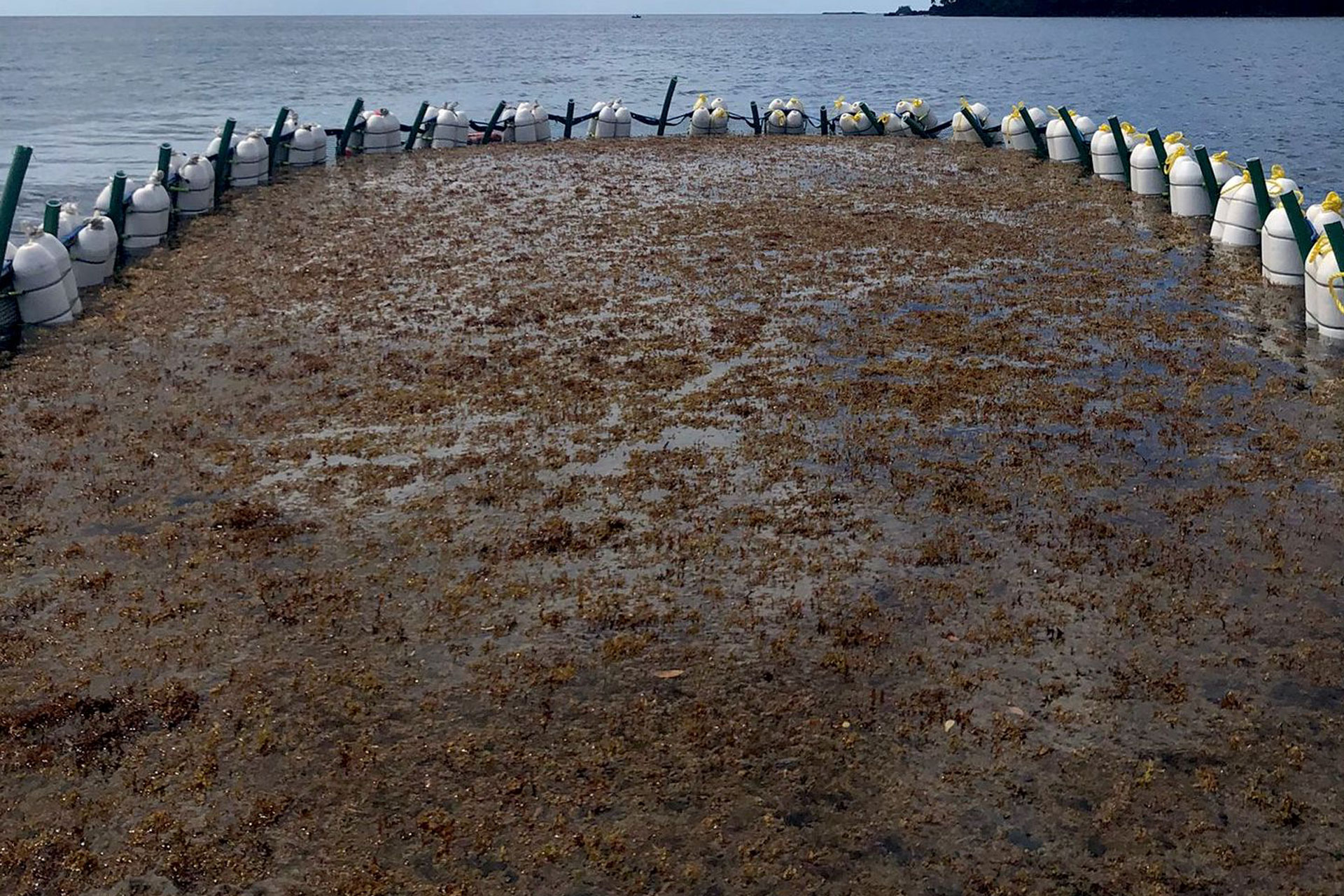
A successful sargassum barrier
In June this year, they created the first ever Sargasso proto-type aqua farm, off the coast of the Caribbean’s Saint Vincent. This took them twelve months of development, and was not without its challenges. In particular, traditional aqua farms are tethered; this farm, of course, need to be moveable. Not to mention, sargassum is renowned for its ability to double in size every 11 days – a boon for the scaleability of the project, but otherwise a practical nuisance – so they had to find a way to contain the seaweed. But this was nonetheless a success: they had achieved the first step in domesticating sargassum.
I ask how it works after farming; how does the carbon dioxide extraction begin? ‘Using industrial baling machines,’ says John, ‘we create blocks and then sink them.’
The science from there is surprisingly accessible. All solutions to climate change rely on trapping carbon, released by the burning of fossil fuels, somewhere, whether trees, diamond or through reuse as a biofuel. The ocean is a particularly effective carbon pump, storing 50 times more carbon than the atmosphere – by sinking blocks to the bottom of the ocean, it is made even more efficient. These carbon blocks will sink to the depths of the ocean where there is very little oxygen and hardly any life. As a consequence, the blocks won’t degrade (or at least not at any particular speed). They will sit at the bottom of the ocean holding this excess carbon from our atmosphere for a minimum of 700 years; they hold the potential to remain there for centuries.
‘We’ve already proven that we can sink them,’ John adds, ‘as we went out to Mexico early this year to test this.’
It’s particularly scalable, too. Not only is sargassum easy to populate in a farm, but the juices released during the shredding process are the same nutrients which can be used as ‘a free meal’ on the farm. The process is relatively circular.
Does it represent a breakthrough technology?
It’s still a way off. The farm is still in prototype, and not yet functioning. The barricades are prone to collapse and collision in certain weather conditions, unavoidable when farming at sea. They’re also unable to farm yet near to where they intend to carbon sink, as the technology is yet to allow them to set up shop in such a place. To sink the blocks, they’re required to use some of their carbon budget to drive to the middle of the ocean. The next phase, then, is mastering the technology and entering the ocean frontier – and John is confident.
‘In the open ocean, the challenges are obviously significant, but the scale of opportunities are limitless.’
The vision is big, too.
‘We want to spread farms over an area the size of Croatia, which sounds huge, but is just a drop in the ocean – and in a farm that size, you could sequester a gigatonne of carbon dioxide every year,’ expands John, ‘which is about the amount of annual emissions of a country like Germany. You could wipe out their annual emissions on one project alone.’
‘I think we will achieve five to ten gigatonne projects by 2030.’
What’s next?
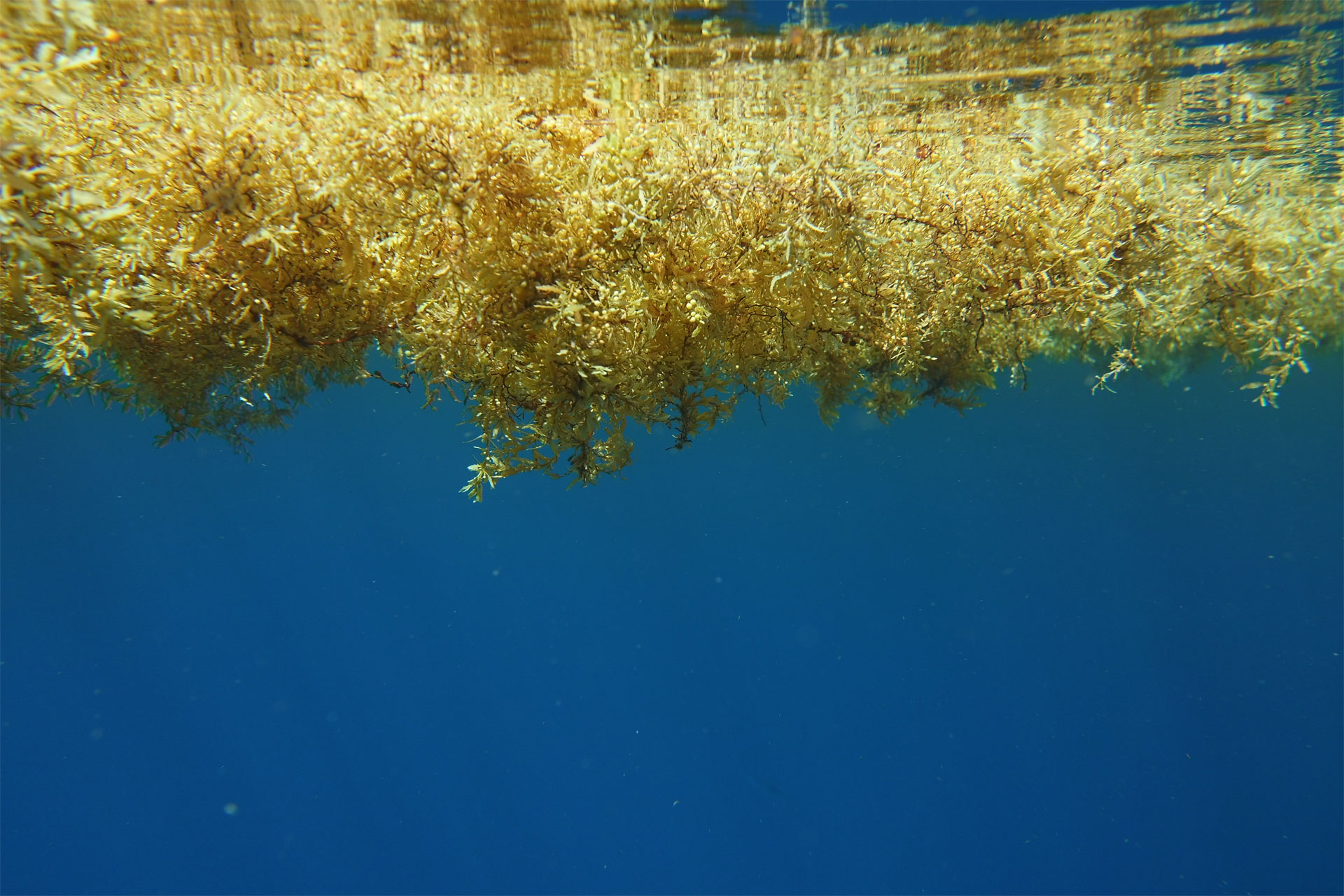
Wild sargassum
By next year, John predicts that they will have a functioning aquafarm in the Gulf of Mexico. Their first ‘real’ bales will begun to be sunk, although they’ve had a few test runs already. They’re also monitoring bales sunk in the Bermuda, to track how the carbon blocks degrade over time.
They also presented at COP26 this year and John will be speaking once again this year, although John worries that world leaders aren’t doing enough: ‘it’s not that we can’t solve it, it’s just that we’re not solving it quickly enough – and I worry about the lack of urgency by policy makers.’
By contrast, he points to the energetic moves of the private sector. ‘If you look at where investment is, there are so many carbon removal funds now. I’ve never been involved in a startup where funders have approached us versus the other way around – almost every investor we’ve had for Seafields has found us.’
‘There’s a lot of talk [by the government] about the UK leading the world in climate mitigation. I implore them to put their money where their mouth is, and create dedicated funds for carbon removal and, you know, fast track R&D programmes from a licensing perspective – allowing us to actually go and test these sorts of technologies.’
Find out more at seafields.eco; or invest here. John Auckland will be speaking at Egypt’s COP27 Climate Hub on 9 Nov, 19:50 Eastern European Time, @wedonthavetime0





